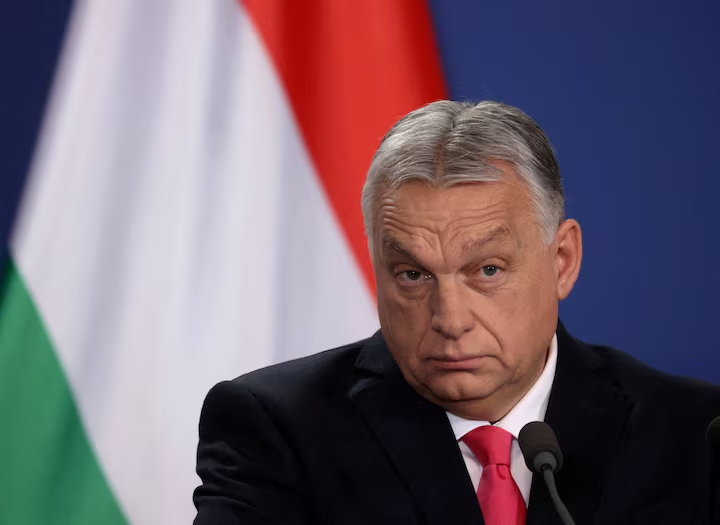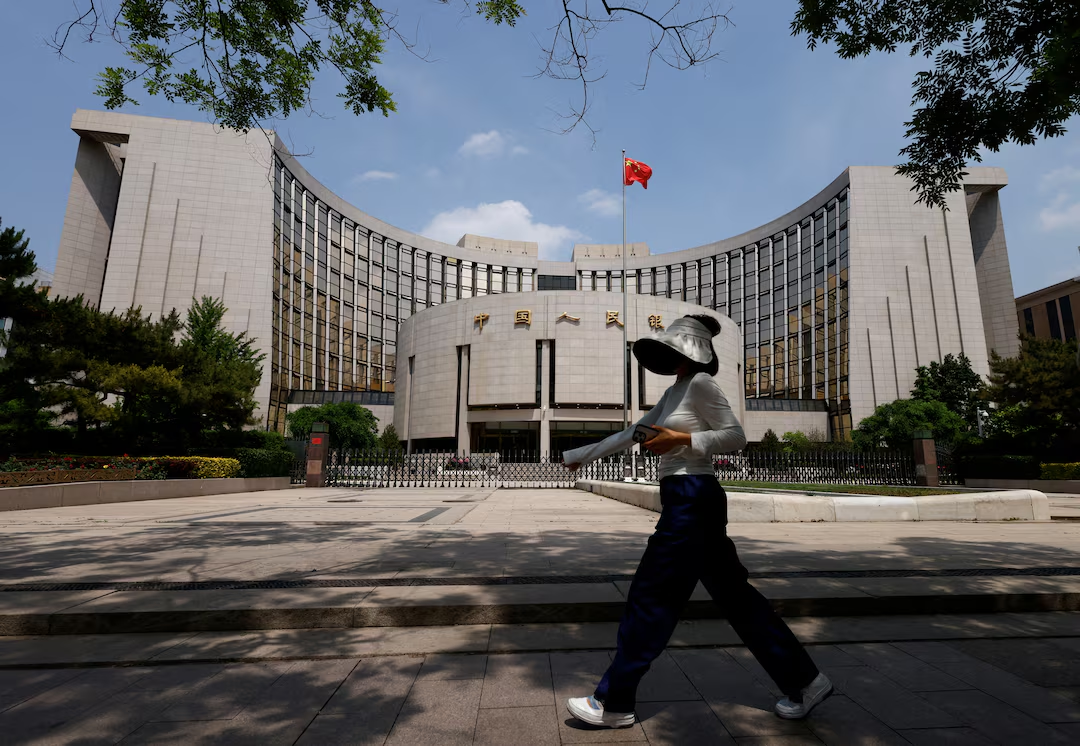BUDAPEST, HUNGARY — Hungary’s proposed 2026 budget, unveiled ahead of a pivotal election year, is under intense scrutiny due to its ambitious economic growth forecast of 4.1%. This projection significantly exceeds estimates from independent economists (3.2%), the International Monetary Fund (2.6%), and S&P Global (2.5%)
Gábor Horváth, Chairman of the Fiscal Council, has warned that if these optimistic projections prove unrealistic, it could seriously jeopardize the budget’s viability. He emphasized that significant uncertainties surround both the current year’s GDP growth and the 2026 outlook.
The Hungarian economy remains stagnant, with no growth recorded in the first quarter of 2025 and the highest inflation rate in the European Union. Despite earlier hopes for a recovery, the anticipated upturn has not materialized, leading the government to implement spending cuts and tax hikes. Nevertheless, the Economy Ministry plans to submit the budget to parliament with its original economic assumptions, with a review due in June .
The budget aims to reduce the deficit to 3.7% of GDP in 2026, down from 4.9% in 2024. However, economists predict a shortfall of 4.2%, citing concerns over low reserves and continued reliance on special business taxes and tax cuts for families. External factors, including potential tariffs, pose additional risks to Hungary’s export-driven economy, as highlighted by Moody’s and the central bank .
Prime Minister Viktor Orbán’s administration is banking on economic recovery to bolster its position in the upcoming 2026 elections. However, the combination of stagnant growth, high inflation, and fiscal uncertainties presents significant challenges. The government’s commitment to its current budget plan, despite these risks, underscores the high stakes involved in balancing economic policy with political objectives.
Source; Reuters



